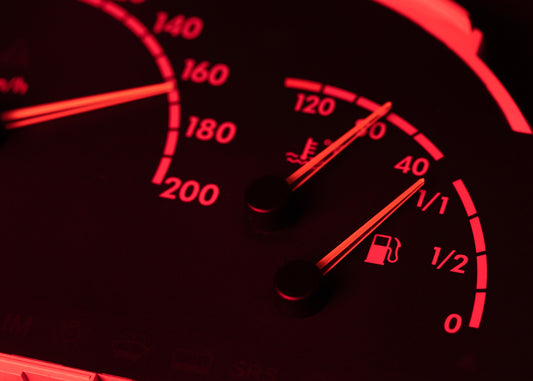Clean is not normally associated with grease. However, you can keep your grease gun clean and the grease free of contaminants if you follow the tips below.
Keep the Gun Stored Away from Contaminants
One of the things to remember is to avoid storing greases for a long time. If greases are stored for too long, it can increase the chance for contamination.
Also, the storage area where the grease is stored should be separate from areas of contamination, or spots that feature dust, dirt, metal debris, moisture, or chemical fumes.
Label Grease Containers
Any grease containers should be clearly tagged with the type and brand of grease, and the date the grease was received. Markings should be kept in a spot where they can be easily seen and read.
Keep the Grease Gun in its Original Container
Always keep the grease in its original container until it is used. Also, never leave a grease container improperly covered or open. Keep it tightly sealed between uses.
Any tools used for handling or dispensing grease should be cleaned before they are employed. Never use spatulas or wooden paddles to remove or transfer grease from a container to a gun.
Use the Oldest Container First
In addition, always use the oldest container of grease first (FIFO). A grease container should be entirely emptied before it is discarded.
Once more, contamination can be a big issue if you do not handle grease or a gun properly. Also, it is important to clean off accessories, such as couplings, with a clean rag.
Wipe Grease Immediately Off Your Skin
When you are loading a grease gun, unscrew the barrel from the trigger unit. The barrel is the container where the grease will go. You can keep the process clean by using a plastic washer for loading the grease from a tub.
Always wear gloves and long sleeves to make sure you do not get the grease on your skin. If you do get grease on your skin, immediately wipe it off and clean your skin with warm water and soap.
Keep the Grease Gun Covered
Keep the grease gun thoroughly clean before or after its use. Use a clean rag in order to wipe off the gun as any excess can cause the tool to slip from your hands.
Also, cover the grease gun with a clean cloth whenever it is not being used. Doing so will prevent the accumulation of dust or debris.
De-pressurize the Grease Gun
Grease guns are not resistant to heat. Therefore, they must be stored in a dry and cool place.
Keep the gun horizontal and, when you are not using it, always makes sure the moving parts are intact and aligned. De-pressurize the gun, as well, when you put it away.
Check the Moving Parts
Check the moving parts on a routine basis. You should have a complete knowledge of your grease gun.
Knowing all the parts and how the gun works will assist you in diagnosing any problems that may exist. Inspect the grease barrel and trigger to ensure they are both clean and operational.
Inspect the Nozzle
To keep things clean as well, inspect the nozzle hole for a clear flow. Squirt a bit of grease onto a clean rag to make sure it is working as it should.
The gun should also be re-calibrated occasionally for an accurate dispersal from the pump.
Mark the Gun Clearly
Again, different grease guns use different kinds of grease. Mark the gun clearly to show what grease to add.
Never use any other type of grease as it will interfere with the internal workings of the gun or lead to damage.
Photographer:
pee vee






